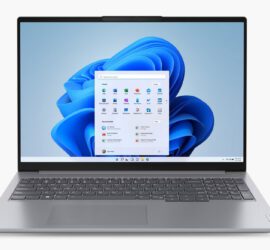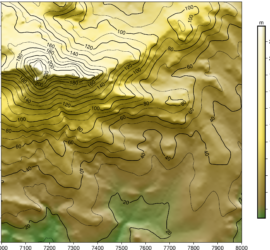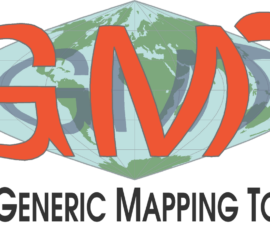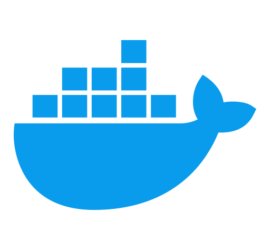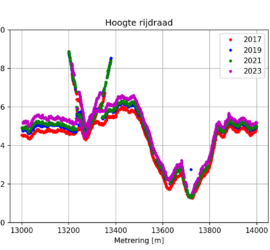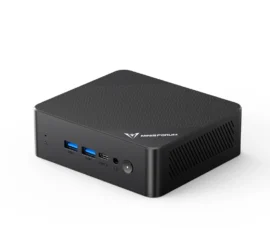The difference between consumer and enterprise network hardware are expanded functionality that aims at more security (such as more advanced firewalls, the possibility to compartmentalize your networks using VLANs and multiple WLAN IDs, and VPNs) and […]
Blog
I recently needed a new laptop as backup system. Compared to my HP ZBook it could be a more low-end computer. I just wanted a 15/16″ screen and a display port-enabled USB-C port for my external […]
Het Actueel Hoogtebestand Nederland (AHN) voorziet ons al 20 jaar lang van puntenwolken van Nederland, inmiddels in versie 5. Maar Caribisch Nederland ontbrak tot nu toe. Aan dit gemis is nu een einde gekomen – Bonaire, […]
Out of all the essential software packages that I’ve mentioned on this blog, the Generic Mapping Tools are certainly the one that I’ve used the longest, for more than 20 years. Back then I think it […]
Virtualisation and Containerisation are an important part of today’s computing landscape. Containers offer several benefits compared to software running directly on an operating system: They are isolated environments, helping with issues like security and dependencies. Running […]
Onlangs kreeg ik de vraag om voor een stuk spoor uit meerdere jaren puntenwolken de rijdraadhoogte te berekenen zodat hiermee een trendanalyse uitgevoerd kan worden. Hiervoor waren vier jaargangen puntenwolken beschikbaar, ingewonnen met een mobile mapping […]
Organizing notes, thoughts, links and to-do lists is important to keep overview and free your brain capacity for other things. I’ve used various methods in the past: Like probably everybody else of my age, I started […]
I’ve long considered getting a small low-power Linux PC as intranet database and web server and for testing Linux applications. Intel’s N100 processor has been a bit of game-changer in this segment, employing four efficiency cores […]
With a move coming up I started thinking about network requirements for the new house. Based upon past experience and future plans, I arrived at the following set of requirements, in no particular order: Wireguard VPN […]


